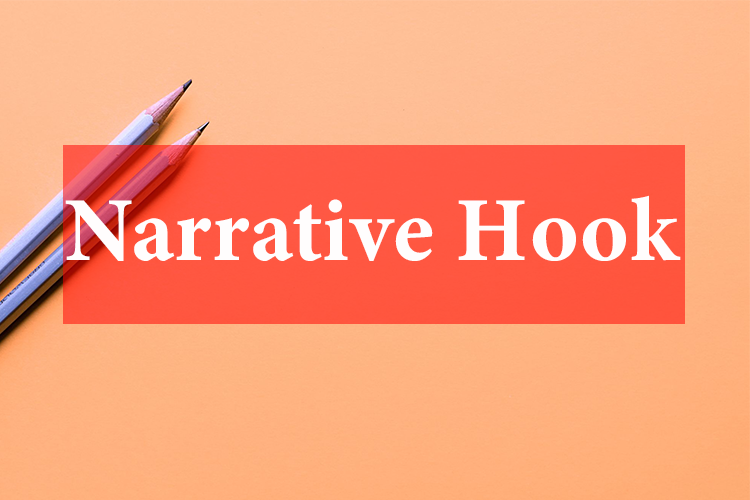
One of the primary tasks for any author is to write a fascinating text for the reader. The writer should have not only perfect language but also know how to use narrative hooks that help to focus the recipient’s attention on a story. These literary techniques distinguish the primary information from the secondary one, highlighting the most important elements of the story, images, or characters. This essay argues that the author uses narrative hooks at the beginning of a text, in the opening sentences as a form of directing the reader’s attention to specific dramatic and action points.
Generally, the author exploits narrative hooks at the beginning of a story, motivating the reader to read it to the end. These can be questions, idioms, definitions, hyperbole, and quotations. Regardless of the type, narrative hooks always have distinct features, and, therefore, do not present descriptive and concrete facts. For example, George Orwell in his prominent novel Nineteen Eighty-Four uses a narrative hook to focus the reader’s interest on the future events of the novel, awakening his/her curiosity: “It was a bright cold day in April, and the clocks were striking thirteen” (Orwell 7). On the one hand, the reader realizes that the author describes the real world (cold day, April) in the first part of the sentence. On the other hand, due to the second part, it is clear that the events in the novel have nothing to do with the real world (thirteen), what makes it important to understand why the author exploits such a literary device. It is an example of a dramatic narrative hook, which the author sometimes introduces in the text to create suspense and keep the reader intrigued.
This method is especially important for science-fiction and young adult literature since it helps to create action scenes and describe characters. Narrative hooks are very effective instruments of capturing child readers' imagination because their attention is dispersed, and, therefore, it is significant to focus their thoughts on something curious. For example, C. S. Lewis in his The Voyage of the Dawn Treader used humorous hooks in telling a story : “There was a boy called Eustace Clarence Scrubb, and he almost deserved it” (Lewis 3). Again, the author used a hook in the first sentence of the novel, forcing the child reader to keep reading and find out who this weird character is. With the help of this narrative hook, Lewis leads the reader to decipher a terrible, but, at the same time, interesting name. It is worth mentioning that generic descriptions of characters or locations and back stories are not narrative hooks because they eliminate the possibility to imagine and visualize. The author should keep that in mind in order to create an ideal story; otherwise, he/she will lose the child readers after the second paragraph.
In conclusion, most authors use narrative hooks at the beginning of their stories to interest the reader in the plot. The main feature is the presence of intrigue, drama, or action, prompting to reveal the essence of a narrative hook. Due to the dramatic element at the beginning of a text, which sets the rhythm of reading, the reader has an incentive to finish the story. Thus, the author often begins his/her text with some unexpected event in the life of the character . A perfect example of this use is Stephen King’s novels that always use hooks to hold suspense. In other words, such literary practices are indicators of any text, which periodically direct the reader towards the correct understanding. What is important, narrative hooks may not be descriptive or concrete since they minimize the reader’s interest in the process of reading.




